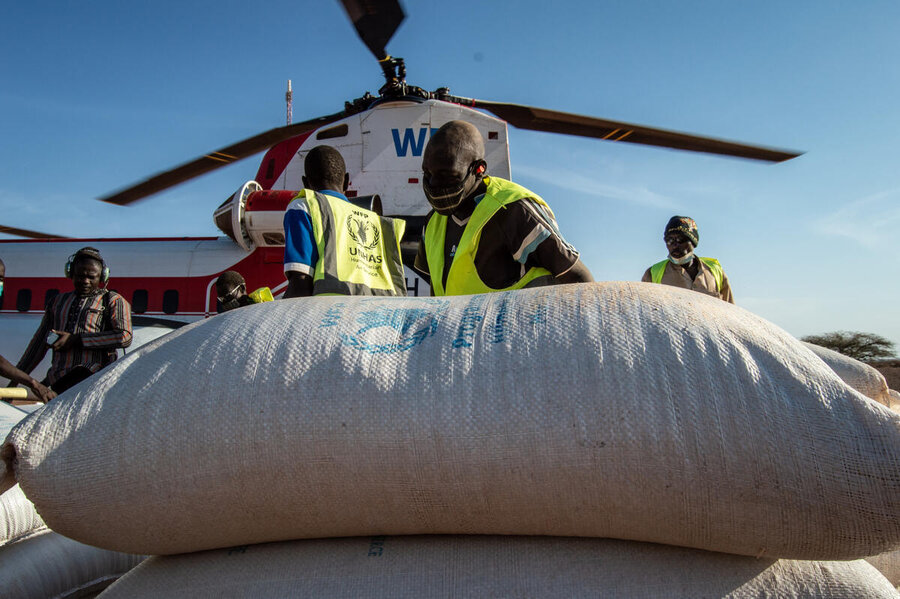In 2023, African animal feed production reached 51.42 million tons, according to the latest “Agri-Food Outlook” report by the American company Alltech. This level represents the second largest global increase (1.94%) behind the figure reported by Oceania (3.71%).
This growth comes in a global context marked by a global slowdown of 0.42%, with significant declines in Europe (-3.82%) and North America (-1.07%).
Overall, the African industry was primarily driven by a strong increase in the production of broiler chicken feed, particularly due to the replenishment of the poultry stock affected by avian flu in South Africa, the continent’s leading producer. This segment recorded a record global growth of nearly 21% year-over-year to 17.3 million tons.
Conversely, in the layer hens segment, feed production dropped by 10.82% (the largest global contraction) year-over-year to 8.6 million tons, due to decreased demand and increased raw material prices.
In this market, it is worth noting, for example in Nigeria, the surge in prices of yellow corn, and the trend of breeders to increasingly focus on broiler production, with its shorter cycle (45 to 75 days), allowing for quicker returns on investment compared to egg production, where it takes at least 6 months before birds start laying.
Beyond this poultry segment, which represents half of the total supply, contractions are observed in feed for dairy cows (-10.67% to 5.3 million tons) and pigs (-0.84% to 3.8 million tons). In terms of feed for aquaculture, the continent exhibited the second highest global growth at 5.5% to 1.58 million tons.
According to Alltech, the continent had 2,188 animal feed manufacturing plants in 2023, compared to 2,038 facilities a year earlier.
Source: Agence Ecofin




